To promote outstanding traditional Chinese culture, deepen young students’ awareness of intangible cultural heritage, and instill the spirit of labor into the vitality of youth, the special lecture “Understanding the Power of Perseverance” concluded successfully on May 23, 2025. More than 100 faculty members and students gathered for an inspiring encounter with history and heritage, guided by Ms. Wang Ling, recipient of the Capital Labor Medal. Drawing from Zhonghe Shaoyue, the elegant ceremonial music of the Temple of Heaven’s Shenle Bureau, Ms. Wang led the audience through a journey across millennia, immersing them in the sacred echoes of ancient Chinese ritual music.
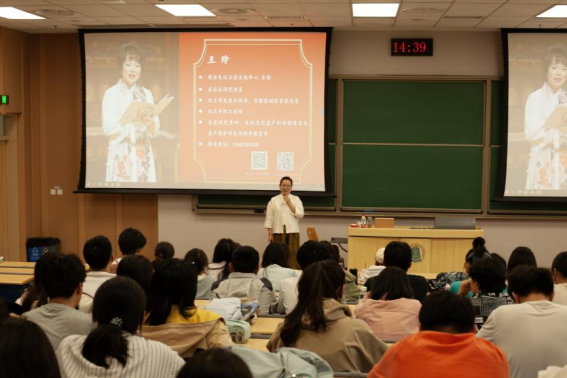
Just after Labor Day, this lecture served not only as a tribute to cultural inheritance but also as a vivid interpretation of the enduring spirit of labor. With her remarkable contributions and steadfast dedication, Ms. Wang embodied the grace of the modern-day artisan. Her message—centered around “culture, perseverance, and transformation”—encouraged all participants to honor craftsmanship through action and to compose a youthful chapter through hard work and commitment.
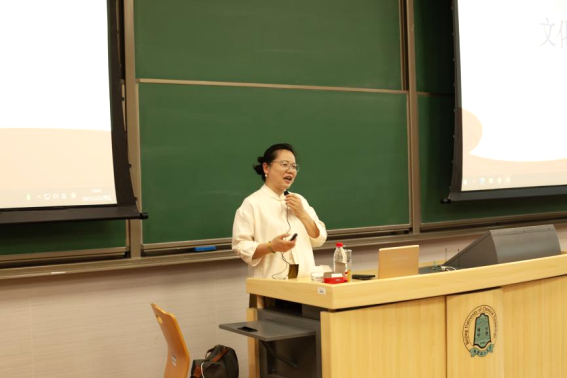
Craftsmanship is an ancient code etched into the bloodline of Chinese civilization and a timeless flame that lights the way forward. At the start of the lecture, Ms. Wang introduced the audience to the world of Zhonghe Shaoyue through a short video. Originating from the ritual music system of the Zhou dynasty and used in imperial ceremonies during the Ming and Qing dynasties, this music—known for its solemn harmony of the five tones and balance of the eight winds—embodies Confucian ideals of harmony between heaven and humanity. Revered as the “Orthodox Sound of China,” it is a vivid manifestation of the Chinese philosophy of ritual and music as a mode of governance.
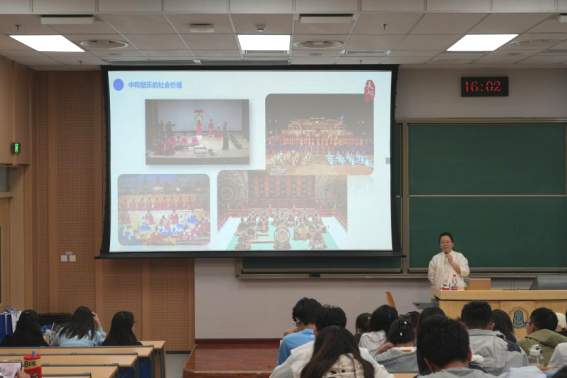
Ms. Wang provided a systematic overview of the origin of Zhonghe Shaoyue, its functional evolution, and the organizational structure of the Shenle Bureau. She emphasized that this tradition represents not only a pinnacle of ancient Chinese musical art, but also a living witness to the continuity of China’s ritual and music system across history.
Delving deeper, Ms. Wang explained the historical significance and cultural depth of Zhonghe Shaoyue. As a representative form of ancient court music, it carries profound meaning in its performance practices, instrumental arrangements, and tonal system. With harmony and balance at its aesthetic core, this form of music embodied the ancient political ideal of governing through ritual and music. It reflected the Chinese philosophical pursuit of unity between nature and humanity, and a society governed by order and balance. In today’s world, studying and preserving Zhonghe Shaoyue plays a vital role in strengthening cultural confidence and fostering social harmony.
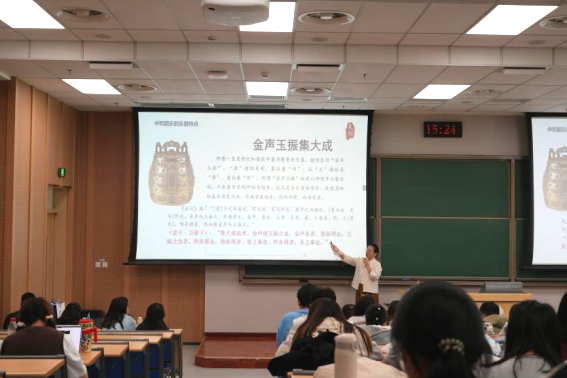
Let us anchor ourselves with our hands, deepen our roots in tradition, and listen to the orthodox sounds of China that have traveled across time. May we feel the cultural richness of Zhonghe Shaoyue, in which music serves as a vehicle for moral values. This precious heritage reflects ancient reverence for nature and the pursuit of harmonious beauty. We hope that this lecture will inspire students to take the initiative to engage with and understand intangible cultural heritage, allowing the splendor of Chinese ritual and musical civilization to shine ever brighter in the new era.
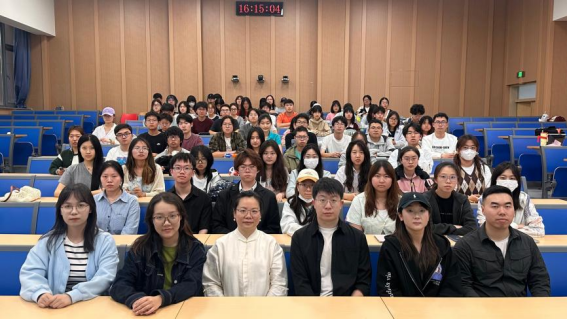
Translated by: Zhu Ruiqi



